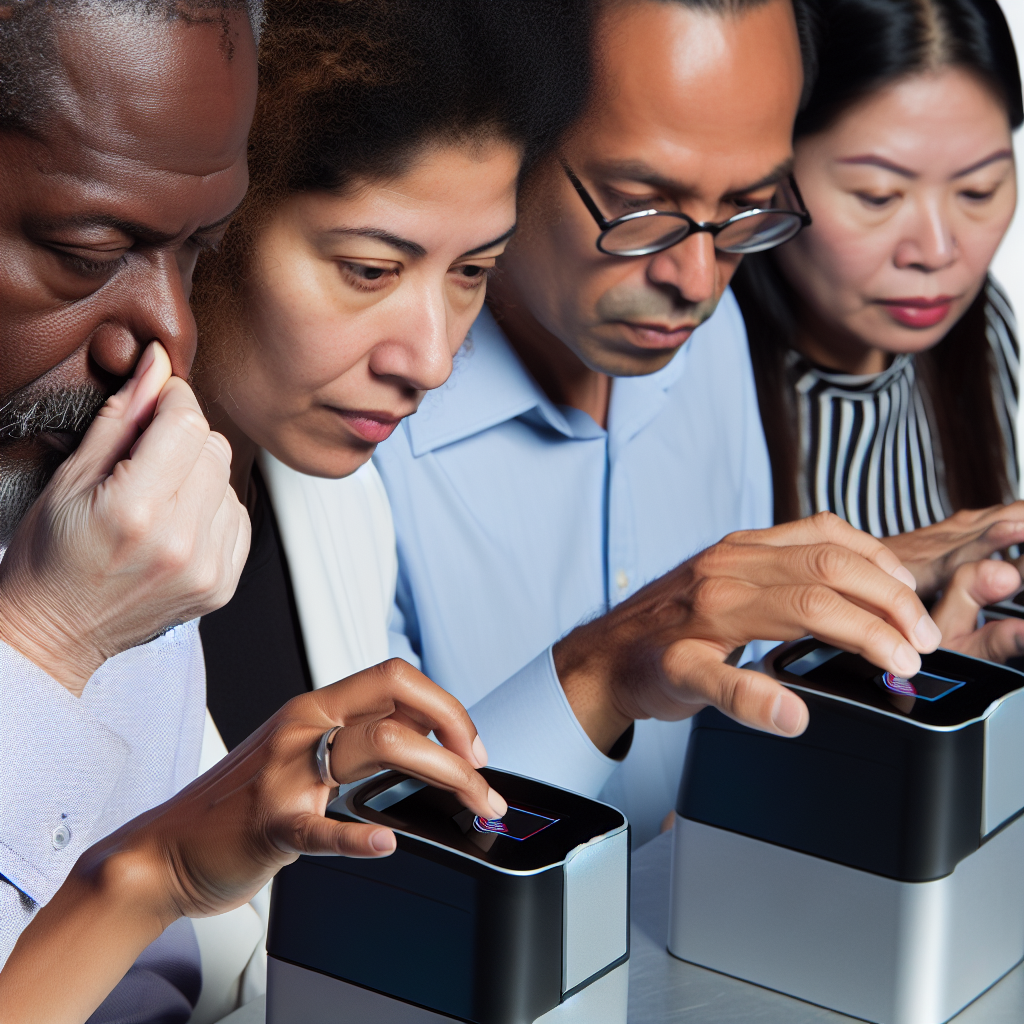Biometrics, a cutting-edge technology that is revolutionizing the way we authenticate and identify individuals, is becoming increasingly prevalent in various industries. In this article, we will delve into the technical aspects of biometrics in "Understanding Biometrics: A Technical Breakdown," as well as provide a simplified explanation in "Biometrics Explained: A Layman's Guide." From fingerprint scanning to facial recognition, biometrics offers a secure and convenient way to verify a person's identity. Join us as we explore the power and potential of biometrics in "Unlocking the Power of Biometrics: A Comprehensive Overview."
1. "Understanding Biometrics: A Technical Breakdown"
Biometrics refers to the measurement and analysis of unique physical or behavioral characteristics of an individual. These characteristics can include fingerprints, iris patterns, facial features, voice patterns, and even DNA. Biometric systems use these unique traits to verify a person's identity, often for security or access control purposes.
In a technical breakdown of biometrics, it is important to understand the different types of biometric modalities that can be used for identification. These modalities can be categorized into physiological traits, such as fingerprints or facial recognition, and behavioral traits, such as voice or typing patterns. Each modality has its own strengths and weaknesses in terms of accuracy, ease of use, and level of security.
Biometric systems typically involve the use of sensors to capture the biometric data, algorithms to process and analyze this data, and a database to store and compare the information. The process of biometric identification involves capturing the biometric data, extracting the unique features, comparing these features to the stored data, and making a decision on the identity of the individual.
Overall, biometrics offers a highly secure and reliable method of verifying an individual's identity, making it a valuable tool in various industries such as law enforcement, banking, healthcare, and border control. By understanding the technical aspects of biometrics, we can better appreciate its potential applications and benefits in enhancing security and convenience in our daily lives.
2. "Biometrics Explained: A Layman's Guide"
Biometrics, in simple terms, refers to the measurement and analysis of unique physical or behavioral characteristics of an individual. These characteristics can include fingerprints, facial features, iris patterns, voiceprints, and even walking patterns. By capturing and comparing these unique traits, biometric systems are able to accurately identify and verify individuals. This technology is commonly used for security purposes, such as unlocking smartphones or accessing secure facilities.
In a layman's guide, biometrics can be thought of as a high-tech way of recognizing who you are based on your unique physical traits. It's like having a digital fingerprint that only you possess, making it difficult for anyone else to falsely claim your identity. Biometrics adds an extra layer of security and convenience in our everyday lives, whether it's unlocking our devices with a simple touch or ensuring only authorized personnel can enter restricted areas. So next time you use your fingerprint or face to access your phone, remember that you're using biometrics to keep your information safe and secure.
3. "Unlocking the Power of Biometrics: A Comprehensive Overview"
Biometrics is a cutting-edge technology that leverages unique physical characteristics, such as fingerprints, facial features, or iris patterns, to identify and authenticate individuals. By capturing and analyzing these distinct traits, biometric systems can verify a person's identity with a high level of accuracy, making it a highly secure method of access control.
In today's digital age, the power of biometrics goes beyond just unlocking smartphones or securing sensitive data. Businesses and organizations are increasingly turning to biometric solutions to enhance security, streamline operations, and improve customer experiences. From employee time and attendance tracking to border control and payment authentication, biometrics offer a versatile and reliable way to verify identity in various applications.
One of the key advantages of biometrics is its ability to provide a seamless and convenient user experience. With biometric authentication, individuals can access their devices, accounts, or physical spaces simply by scanning their fingerprint or face, eliminating the need for passwords or PINs. This not only improves security but also enhances user convenience and efficiency.
Overall, biometrics have the potential to revolutionize the way we authenticate identities and interact with technology. With advancements in biometric technology, the possibilities are endless, and the future holds exciting prospects for leveraging the power of biometrics in various industries and applications.

